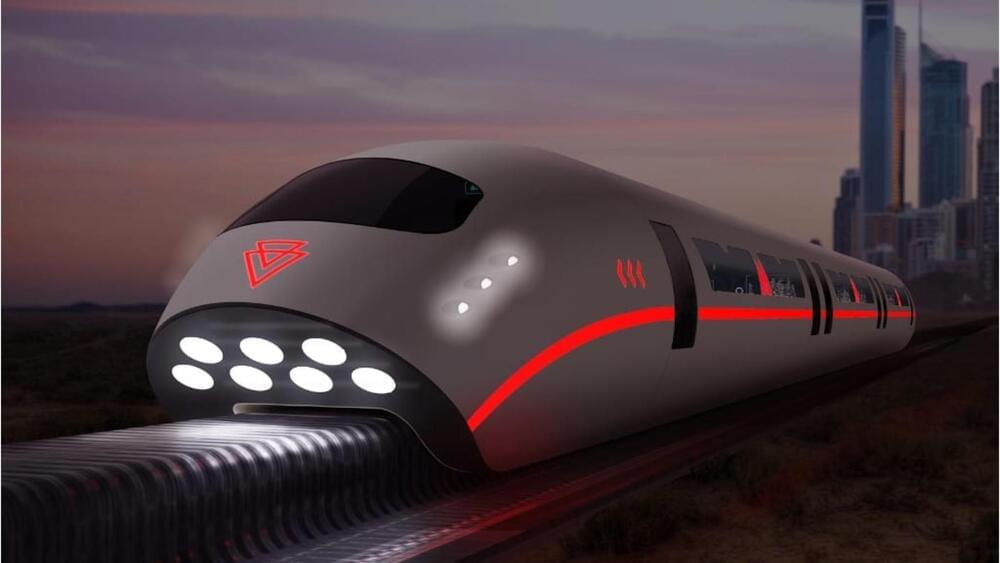We are fast moving to level 3 of Artificial Intelligence — AI Agents. Does AI include sufficient reasoning for AI agents?
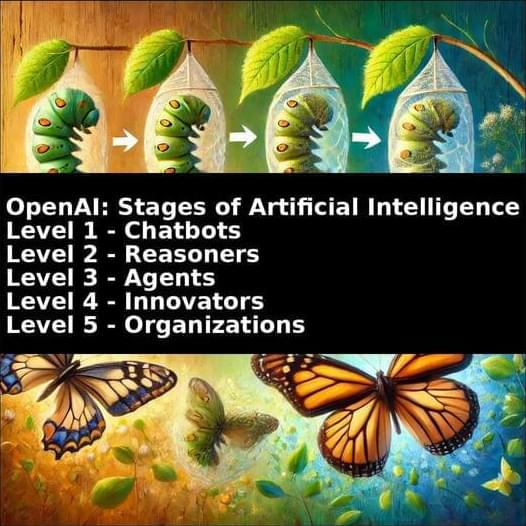


This finding, achieved independently by a team at Pennsylvania State University published in the same journal, holds immense potential for the development of nanophotonic devices.
Manipulating the flow of light in materials at small scales is crucial for creating efficient nanophotonic chips, the building blocks for future optical devices. In the realm of electronics, scientists can control the movement of electrons using magnetic fields.
The Lorentz force, exerted by the magnetic field, dictates the electron’s trajectory. However, this approach is inapplicable to photons – the fundamental particles of light – as they lack an electrical charge.
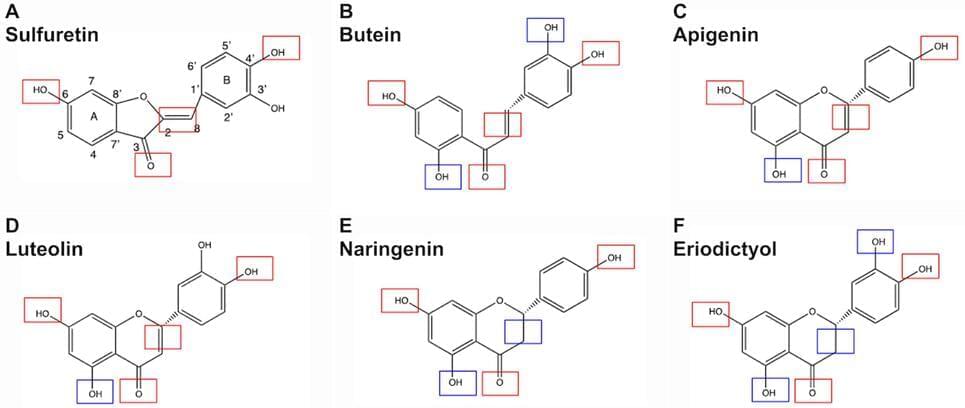
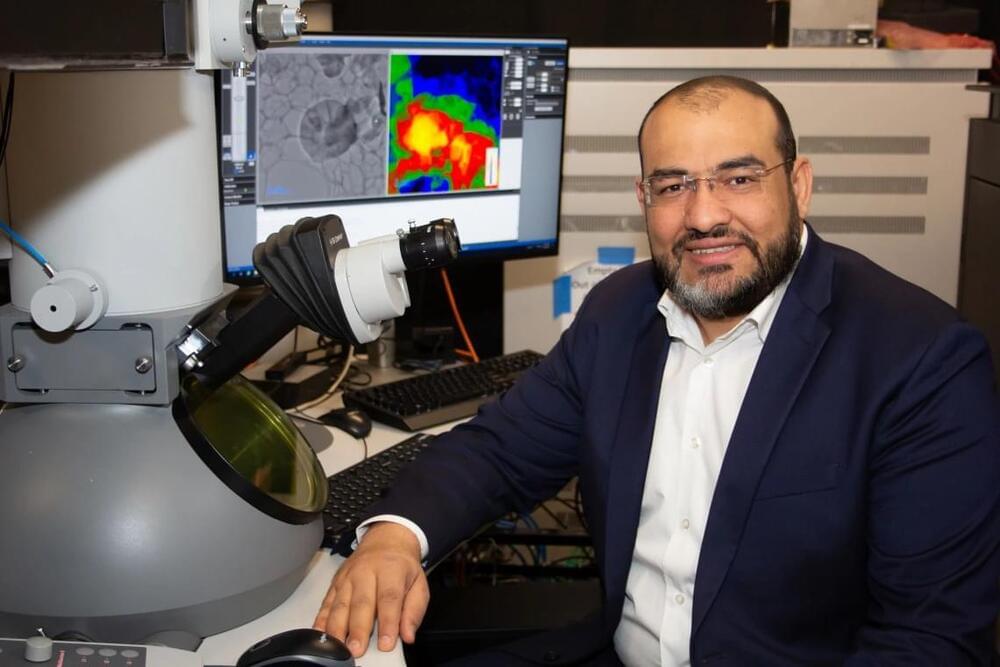
Imagine owning a camera so powerful it can take freeze-frame photographs of a moving electron – an object traveling so fast it could circle the Earth many times in a second. Researchers at the University of Arizona have developed the world’s fastest electron microscope that can do just that.
They believe their work will lead to groundbreaking advancements in physics, chemistry, bioengineering, materials sciences and more.
“When you get the latest version of a smartphone, it comes with a better camera,” said Mohammed Hassan, associate professor of physics and optical sciences. “This transmission electron microscope is like a very powerful camera in the latest version of smartphones; it allows us to take pictures of things we were not able to see before – like electrons. With this microscope, we hope the scientific community can understand the quantum physics behind how an electron behaves and how an electron moves.”
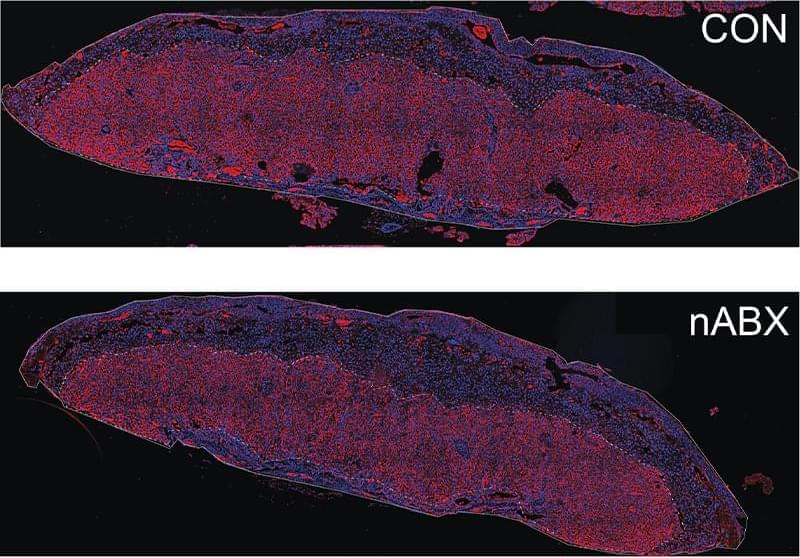
ABOVE: The placenta’s labyrinth zone (red), responsible for nutrient exchange between mother and fetus, is reduced in fetuses with dysbiotic fathers (lower panel) compared to healthy fathers (upper panel). Ayele Argaw-Denboba.
The microbiome has a profound impact on host health that extends to the host’s young ones. Studies in mice have shown that maternal gut bacteria play a role in offspring behavior and placental growth during pregnancy.1,2 Yet, the effects of the paternal microbiome on the health of their progeny remained relatively unexplored.
In a new study, scientists found that altering the gut microbiome of male mice negatively affected the health and lifespan of their offspring through epigenetic changes in the sperm.3 The results, published in Nature, offer insights into a gut-germline axis that mediates the effects of the microbiome on health and disease across generations.

If you’re ever faced with trying to pick up a grain of rice with a pair of chopsticks, spare a thought for the scientists behind this latest innovation, which has been called “a medical breakthrough on the verge of happening.” They’ve painstakingly built a soft robot with the capacity to carry different types of drugs through the body. It’s the size of a grain of rice, and can be driven to various internal targets via magnetic fields.
Researchers in the School of Mechanical and Aerospace Engineering (MAE) at Nanyang Technological University, Singapore (NTU Singapore), have built on earlier work to create a grain-sized soft robot that can enter the body and be controlled by magnetic fields to travel to a specific target. Once there, it can quickly or slowly release the medication it has stored in its tiny frame.

In the consequent tweets, the biohacker attributed his successful hair regeneration to a multi-faceted approach. The key to his transformation has been the strategic use of vitamins and nutrients, particularly protein and Omega-3 fatty acids, which have played a crucial role in restoring his hair.
In addition to nutrition, he has developed a personalised topical formula tailored to his genetics, that includes melatonin, caffeine, and Vitamin D3. He has also incorporated red light therapy into his daily routine, even wearing a specialised hat to administer this treatment throughout the day.
Another critical component of Johnson’s regimen is oral minoxidil, a topical hair-loss drug. However, he stressed that it is only considered safe at low doses as it can lead to unpleasant side effects, including excessive hair growth and headaches.
They finally came back 💙
Crew-8 astronauts Matthew Dominick, Michael Barratt and Jeanette Epps all with NASA and Roscosmos cosmonaut Alexander Grebenkin splashed down in the Gulf of Mexico off the coast of Pensacola, Florida on Friday (Oct. 25) at 3:29 a.m. EDT (0729 GMT). Their landing after 235 days — including a more than two-week wait on board the International Space Station (ISS) for acceptable conditions — set a record for their spacecraft.
“After spending 232 days docked to the space station, [Crew-8 is] the longest mission Dragon has spent on-orbit to date,” SpaceX noted about its Crew Dragon “Endeavour” in a social media post. The previous longest duration of nearly 200 days was also set by Endeavour by the Crew-2 mission in 2021.
Originally targeted for an Oct. 8 homecoming after completing an already-extended seven-month science mission aboard the ISS, Dominick, Barratt, Epps and Grebenkin were waived off from departing the station on almost a daily basis as NASA and SpaceX flight controllers continued to watch the weather systems in the Caribbean and Gulf of Mexico for their potential to produce adverse sea state conditions near the Dragon’s splashdown zones.
